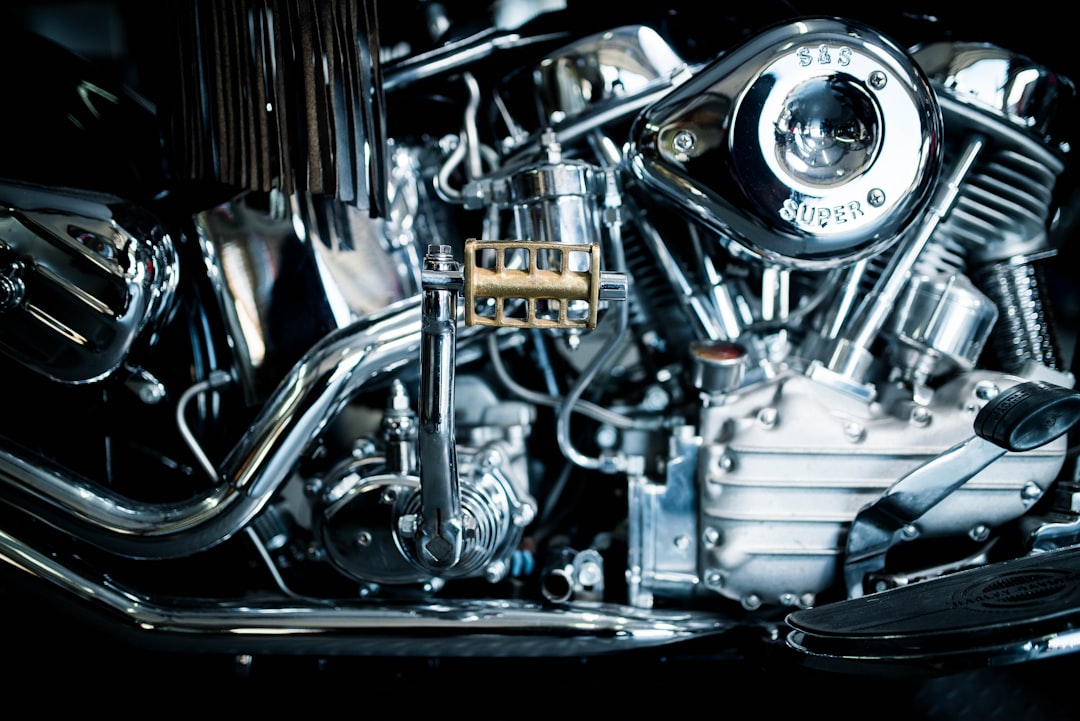What is it about?
The need to increase power transmission capability in electrical power systems led to the proposal of possible alternatives to the traditional three-phase AC overhead transmission lines (OHLs). In addition to HVDC connections, the alternatives include four-phase AC lines and combined AC-DC lines. All these solutions have been examined in recent works where, however, the technical and economic aspects are usually separately analyzed. On the contrary, a proper comparison among different solutions requires a combined technical-economic evaluation. This paper compares the various possible OHL solutions resorting to an original methodology that joins technical and economic aspects. The former are taken into account by means of the loadability curves. The latter include various cost items (for investment, energy losses, reliability, and land occupation) computed for each solution. The different aspects are joined by computing the per-unit-of-transportable-power cost of each solution. This parameter provides, for any given line length, a total cost normalized in terms of the theoretical transmission capability of each solution and, thus, an interesting comparison tool among different solutions.
Featured Image
Why is it important?
The original methodological approach, that allows to compare the various solutions on a technical-economic basis at the same time, is the most peculiar theoretical aspect of this work. Also, to assume the loadability curves as a technical reference for the various OHLs suits well the need for a high exploitation of OHLs, typical of many developed countries.
Perspectives
I feel this paper provides interesting analysis and comparison of different overhead transmission lines, including the traditional ones and more or less innovative alternatives. The analysis includes both technical aspects and economic aspects. The OHL technical performances are given in terms of the loadability curves (i.e. the theoretical maximum power a line can continuously carry as a function of the line length) calculated for each solution. The economic aspects include investment cost, energy losses costs, reliability costs, and land occupation costs, computed for each solution. The analysis is based on the per-unit-of-transportable-power costs of each solution: an original multi-criteria approach that links the cost items with the loadability curves, and that is the most peculiar theoretical aspect of this work.
Professor Stefano Quaia
university of Trieste
Read the Original
This page is a summary of: Per-unit power costs of traditional and innovative OHLs: a multi-criteria comparison, IET Generation Transmission & Distribution, September 2016, the Institution of Engineering and Technology (the IET),
DOI: 10.1049/iet-gtd.2016.0097.
You can read the full text:
Contributors
The following have contributed to this page










